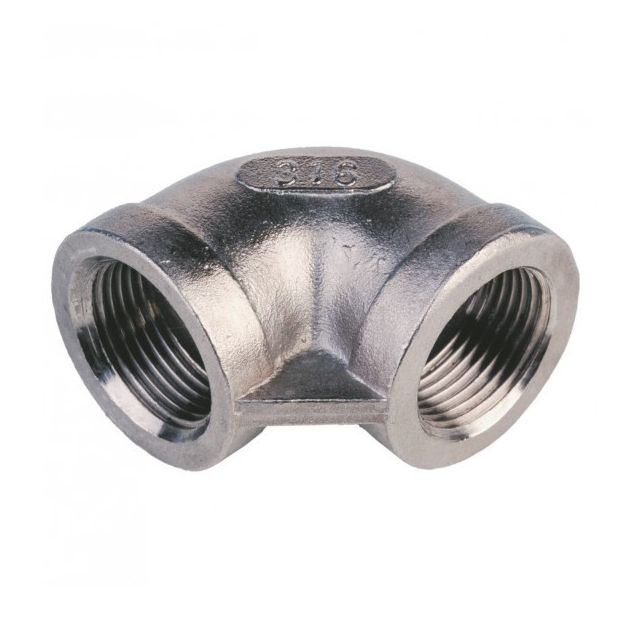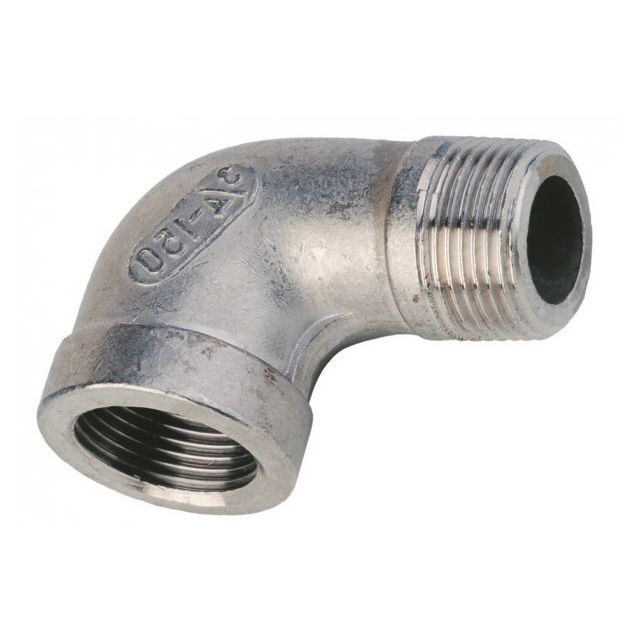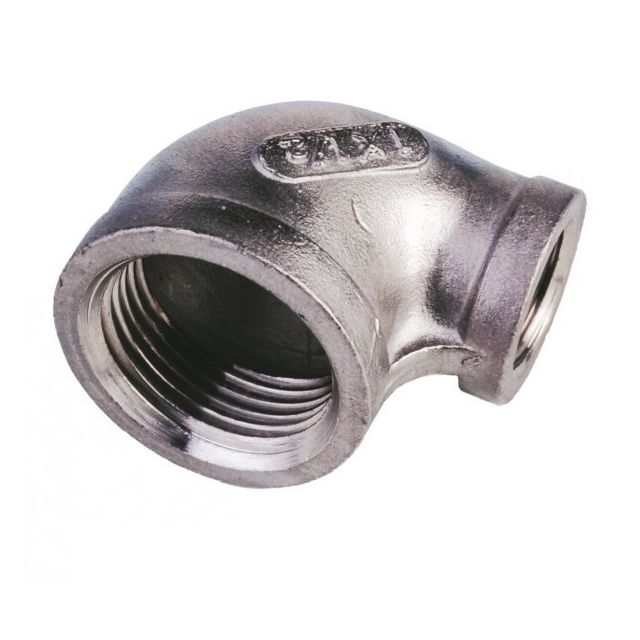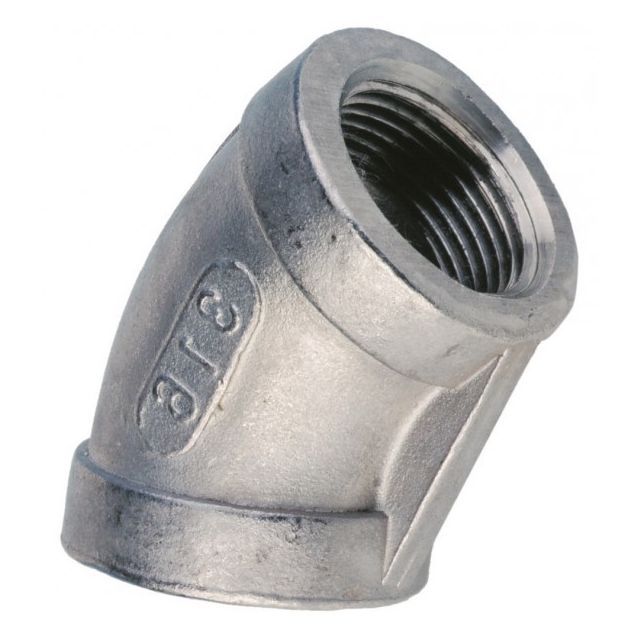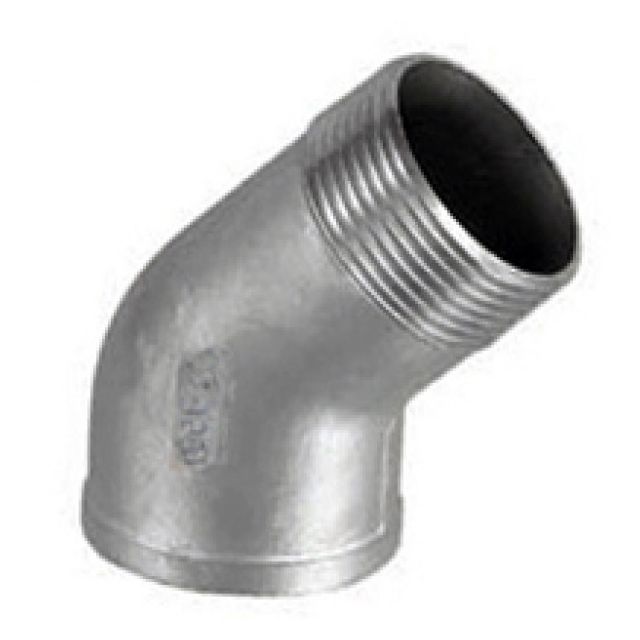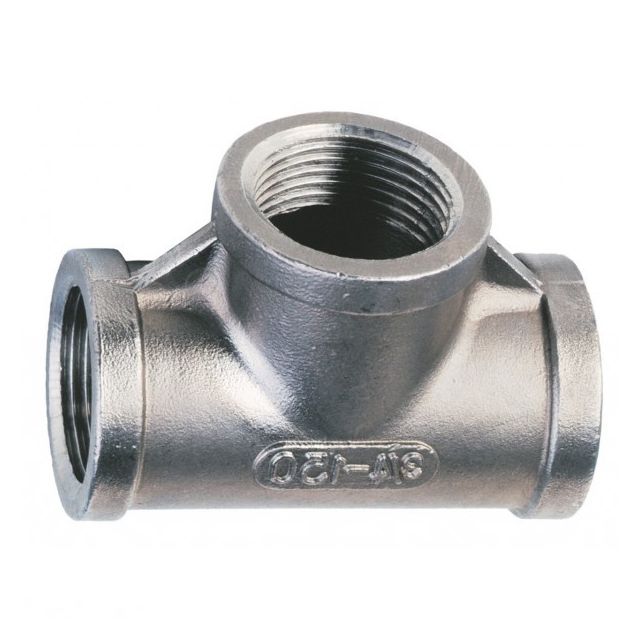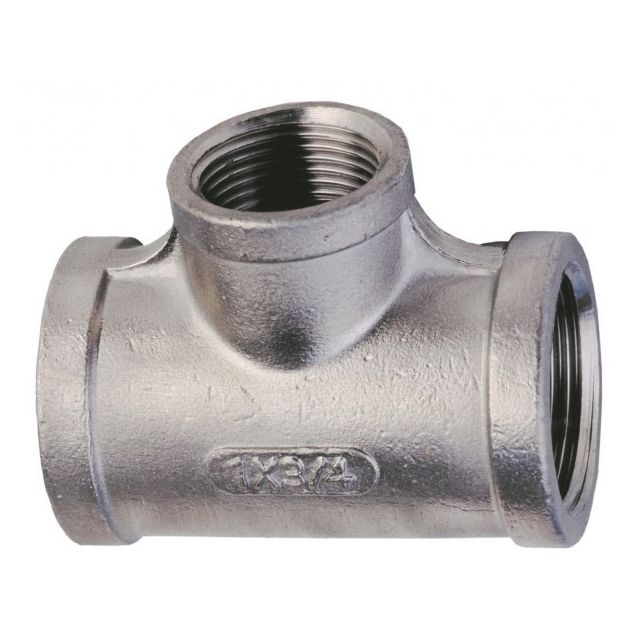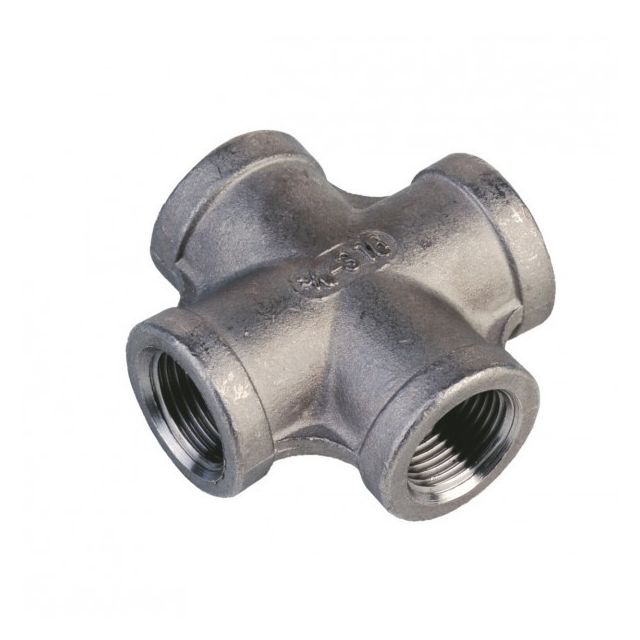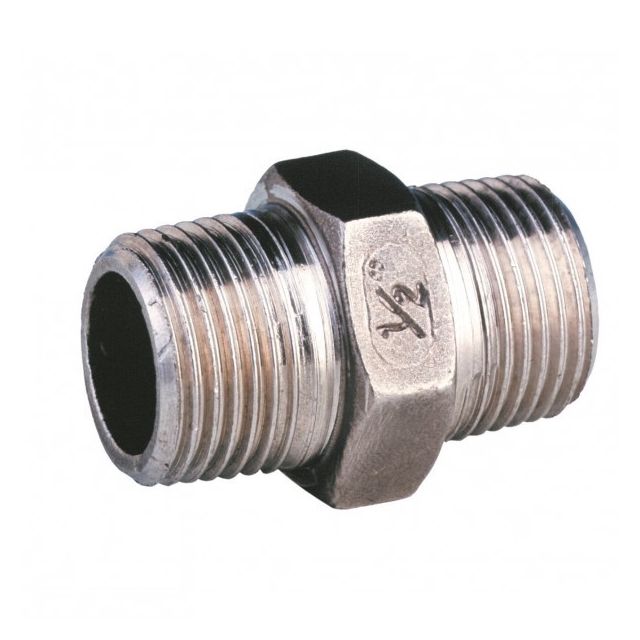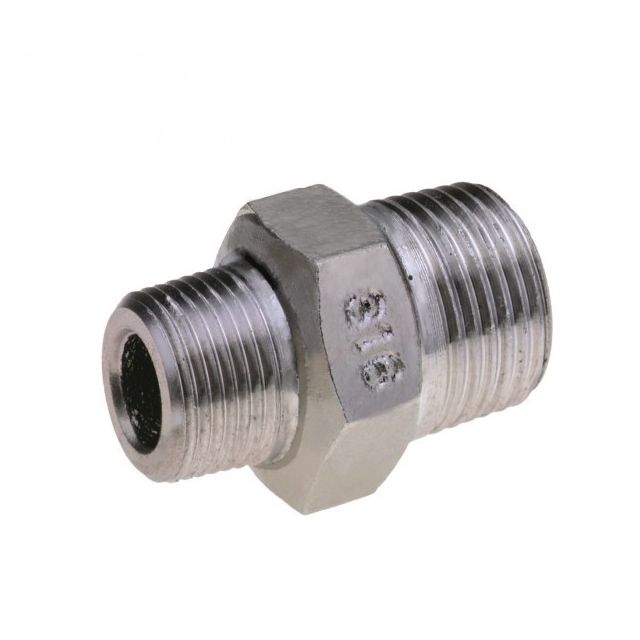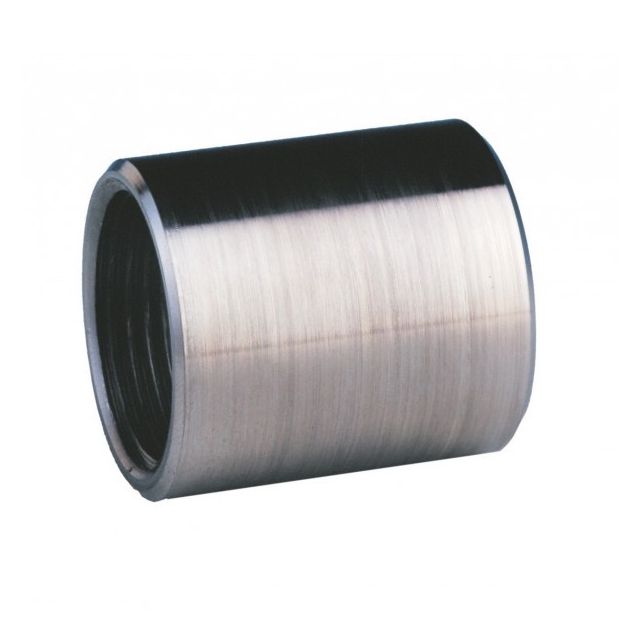Stainless Steel Fittings, the Tools for Secure Connections
Fittings can now be ordered online with just a few clicks, making the information exchange between manufacturer and purchaser increasingly more direct. For Swiss Fittings it is important to make our knowledge, in regards of our products, openly available to installers, purchasers, end-user and students. We actively are trying to remove the barriers that currently exists between suppliers and users, resulting in a more direct and efficient way of communicating. Even though fittings are used for much of the same reasons, there are many differences between them. Fittings can vary by material, standard and connection feature. Some fittings are simple to install while others can be extremely complex and could even be dangerous if applied incorrectly.
The main differences with fittings are the connection modes, materials used and manufacturing process needed. The different fitting connection methods include: welding, screwing, pressing, pushing, soldering and clamping. The main difference between these methods of connecting is if after the initial installation the fittings can be disconnected again, without damaging the fitting. Butt weld fittings and press fittings can not be disconnected after installation whereas screw fittings, sanitary clamp fittings, and push fittings can usually be disconnected. In particular, for sanitary fittings, the unique selling point is the ability to disconnect the fittings, and therefore being able to clean these fittings on regular bases. Fittings are also made of different materials, which is one major factor determining the pressure rating. Fittings can be made from stainless steel, carbon steel, polyvinyl chloride (PVC), brass, iron and copper. Stainless steel fittings are either produced through casting, forging, bending and cutting from pipe or a combination of these procedures. The stainless steel threaded fittings are casted, while pipe fittings are cut and threaded either from seamless or welded pipes. Forged fittings are produced from a solid, and therefore can hold extreme pressures. Butt weld fittings are either from welded or seamless pipe, and usually bent into the desired fitting shape. Press fittings are a combination of pipe and a casted accessory, welded together.
What Type of Fitting to Use and When?
The main aspects that need to be considered when deciding what fitting type to use are: 1. Connection, 2. Environment, 3. Pressure, 4. Liquid/Solids. The mode of connecting will determine if after the installation it is possible to disconnect the fittings, valves and pipes. If the fittings need to be cleaned after they transport fluids or solids such as in the food and beverage industry, it is recommended to use sanitary fittings that clip together through clamps and clamp gaskets. Sanitary fittings are polished making the surface very smooth, and therefore ideal for thicker types of fluids such as diary products. There are sanitary clamp fittings, sanitary bevel seat fittings, and sanitary butt weld fittings. The ability to simply disconnect after installation is also an advantage of push fittings. No additional seal or glue is needed, and the push fittings can be easily installed in combination with our stainless steel pipes. When deciding what type of fitting to install it is important to also be aware of what type of environment these will be installed in. Fittings that need to be welded or soldered shouldn’t be installed in areas where there are gases or liquids that are flammable. In such a hazardous environment, it is better to use press fittings, because these do not require a potentially dangerous method of connecting. Also press fittings can be installed quickly, reducing the cost of shut off times on machines and applications. If fittings are required to withstand higher pressures, it is recommended to use stainless steel forged fittings 3000lbs. These fittings, also available in carbon steel, are produced through the method of forging providing them with a greater resistance because they have tighter grain steel structures. Swiss Fittings offers a wide range of adapter fittings, such as the stainless steel press fitting flanges, butt weld unions, weld nipples and press fitting couplings, that permit a cross connection with different types of fittings. Our stainless steel hose nipple fitting and stainless steel hose nipple from pipe, even allow a conversion from fittings to hoses.
Inox Fittings and Pipe Fittings, Fluid Technology at its Finest
There are endless amounts of fittings used throughout the world, made from many different kinds of materials. No matter what shape, size or material all fittings have the same objective; which is to connect. Fittings, flanges and valves connect in order to let fluids or solids travel from point A to point B. Swiss Fittings has a wide product portfolio in fluid technology equipment and tools. We supply in British metrics and also American standard fittings NPT, either from stock or from our production.
Furniture Made from Fittings
In recent years, stainless steel fittings have been used to make trendy furniture and restaurant accessories. The vast array of different pipes and fitting sizes, allow furniture designs in accordance to the creator’s ideas. There are countless “Do it Yourself” (DIY) websites providing useful advice on building furniture elements and maximizing the visual appeal of the fittings design. Our extra long barrel nipples (1000 mm) and street elbows for instance are used as bar rails in England. The stainless steel look provides a rustic yet modern atmosphere. Our wall plate elbows 90° and bends 90° can be combined to make fashionable wall coat hangers in France.
The Stainless Steel Fitting Online Shop
Swiss Fittings can supply your inox fittings or inox valves from our online shop delivering world-wide within a few days. All our products are produced according to strict quality standards, and can be used in various industry applications.






